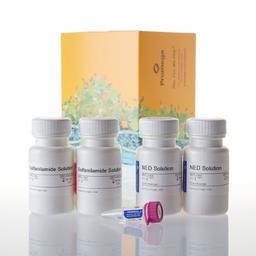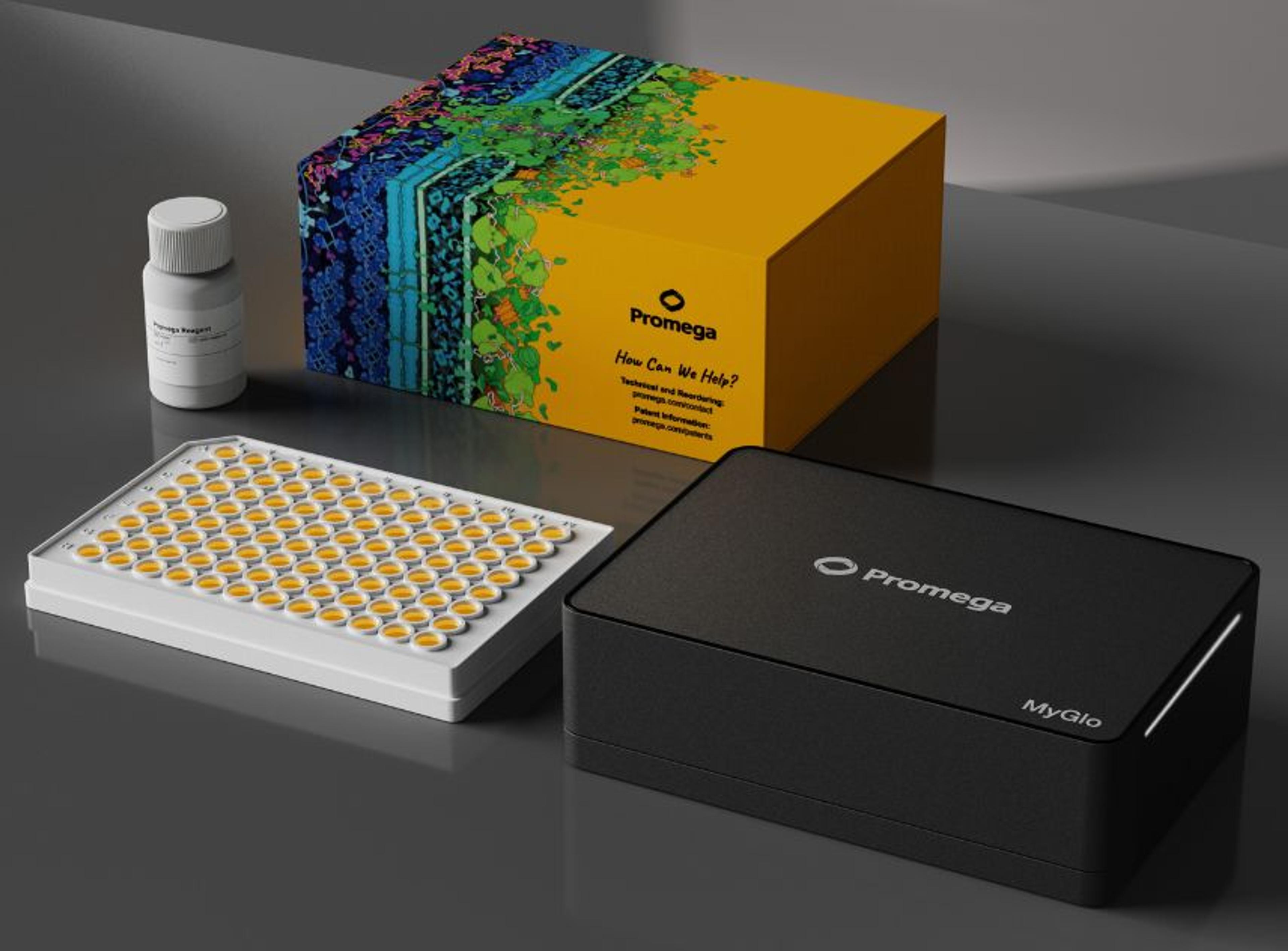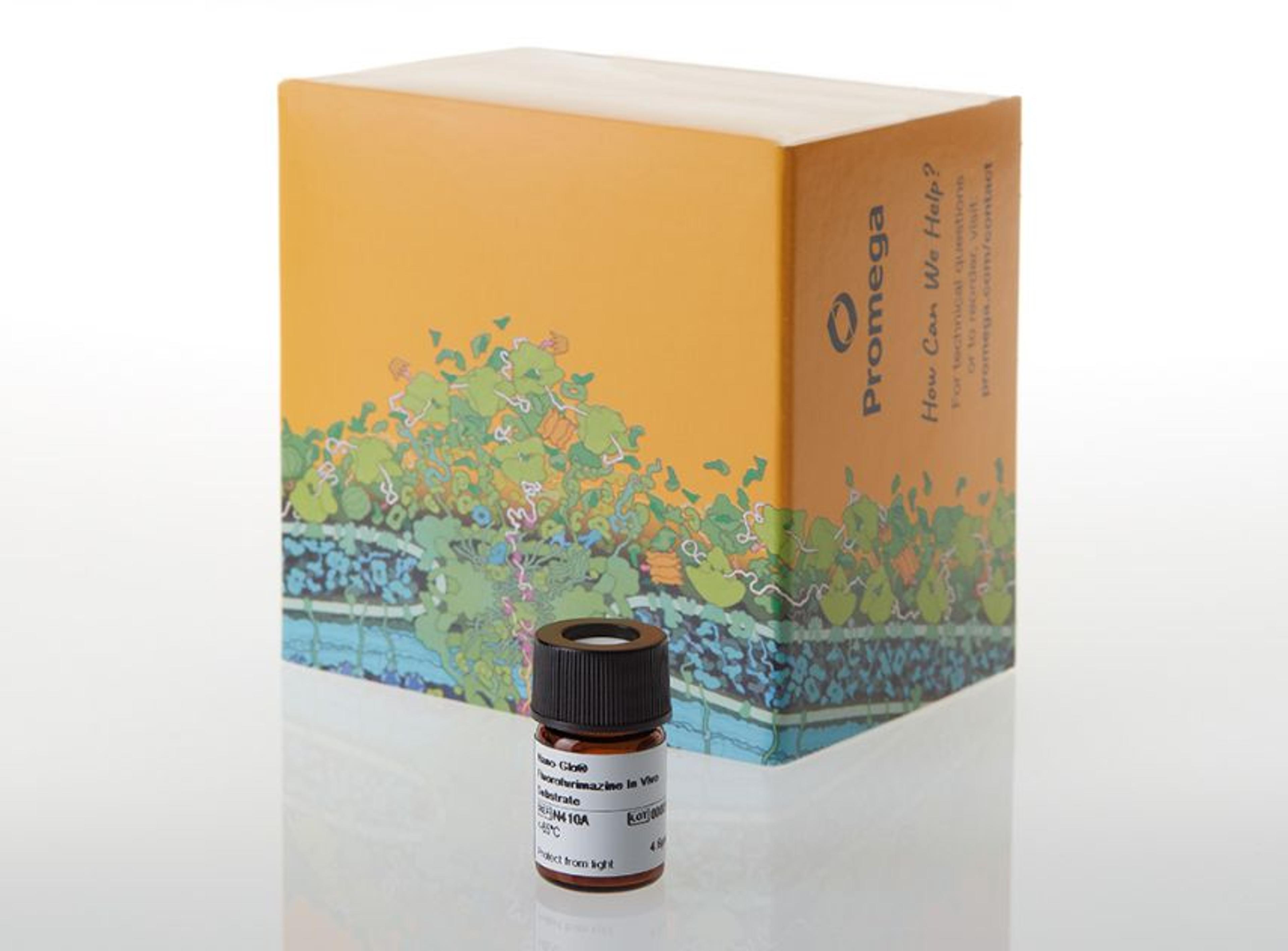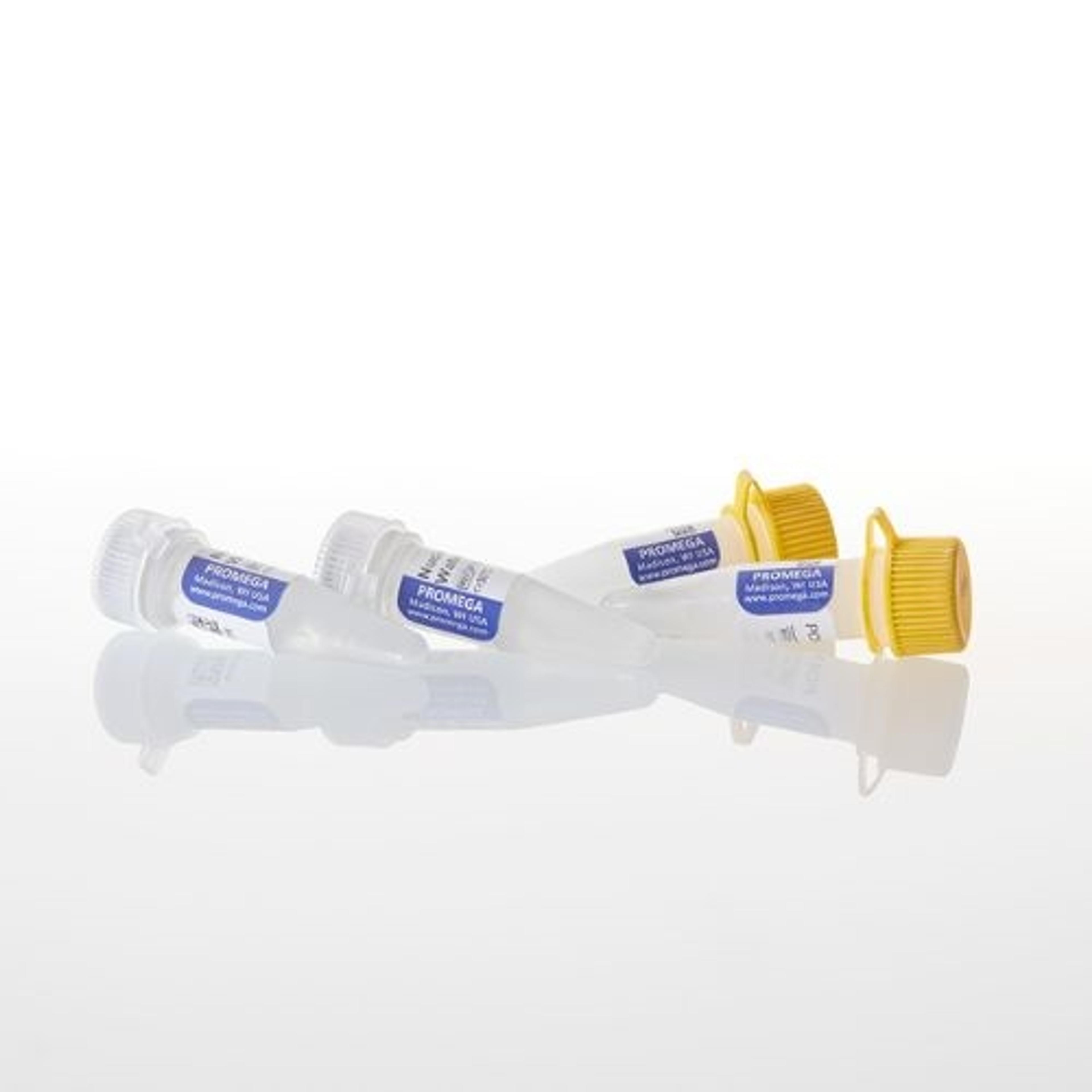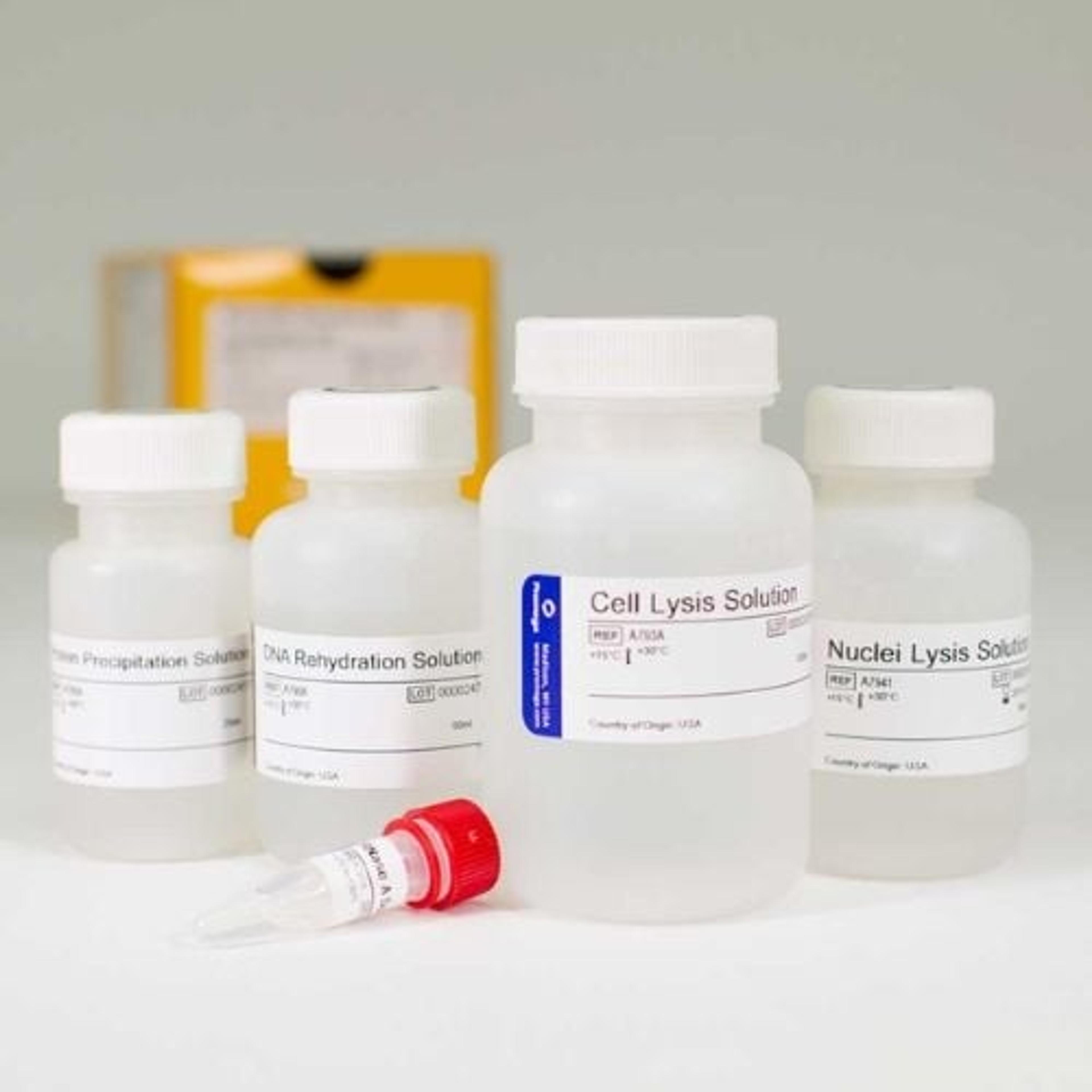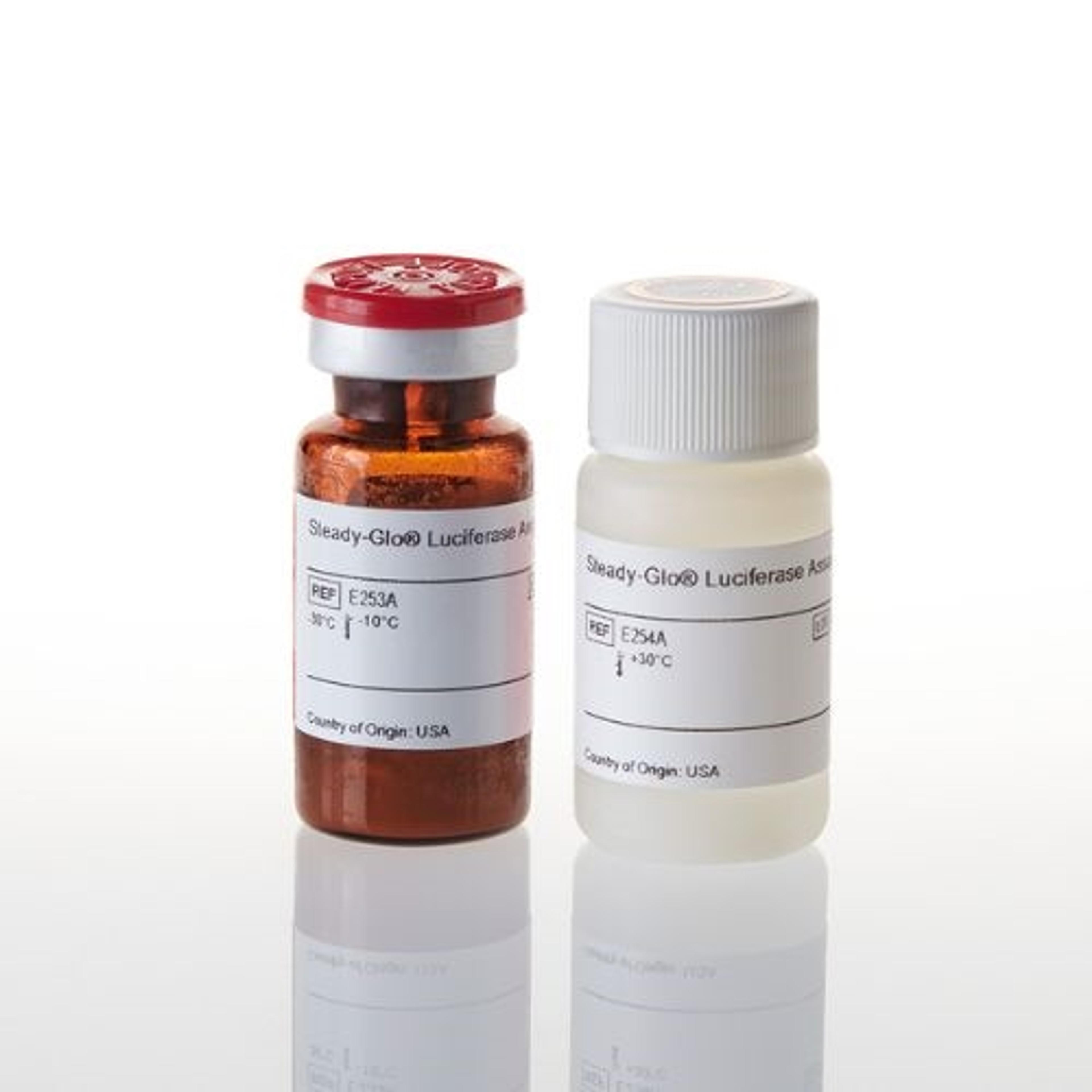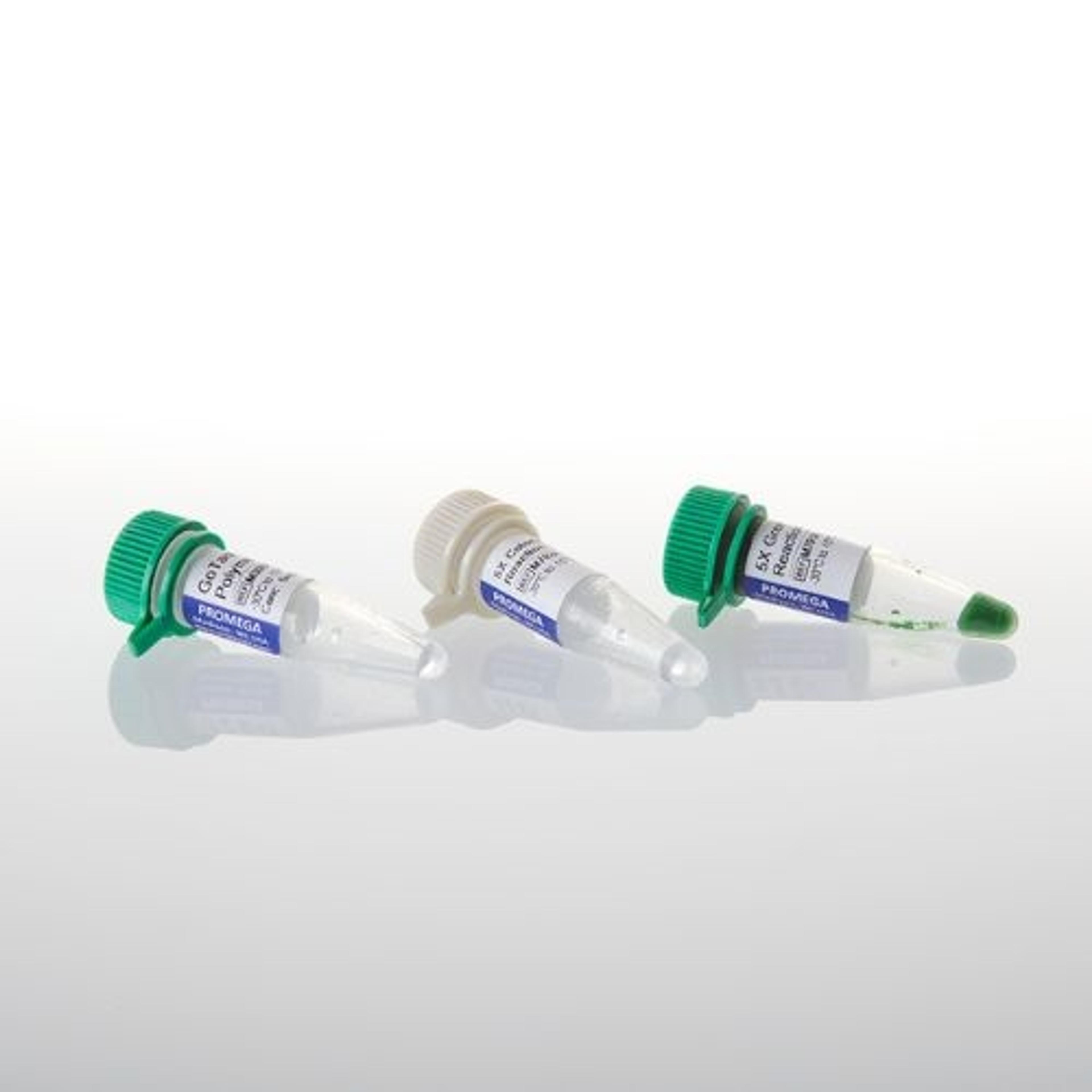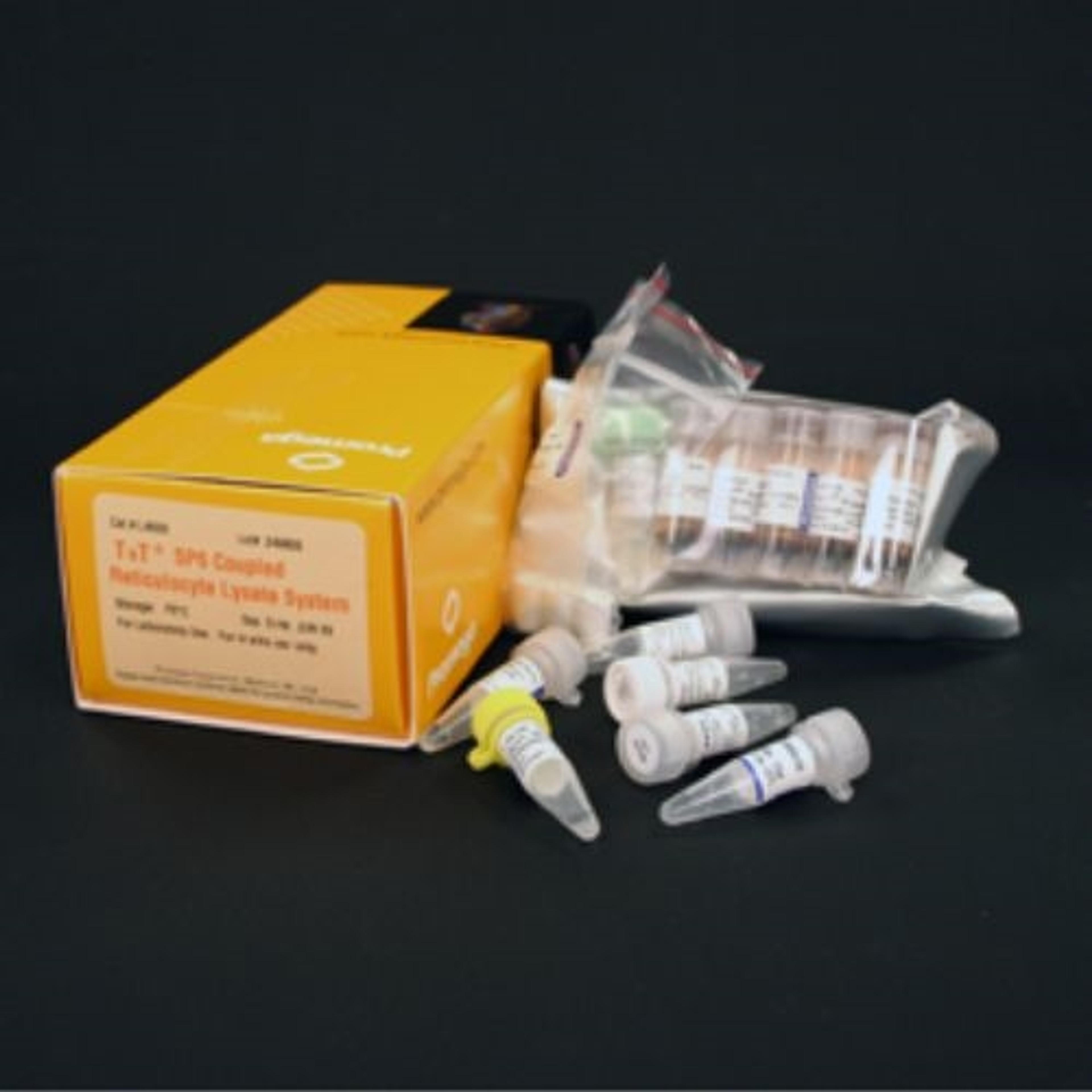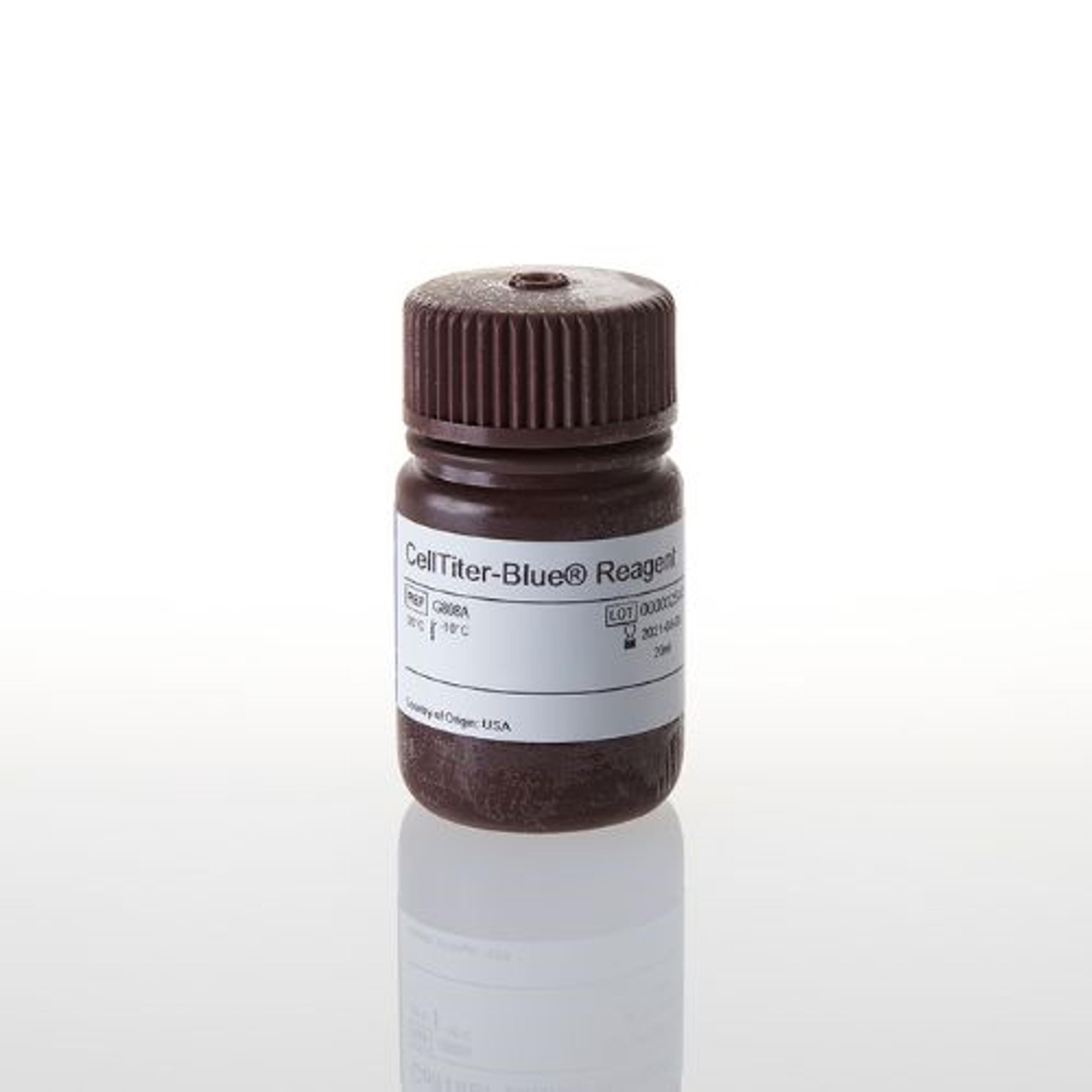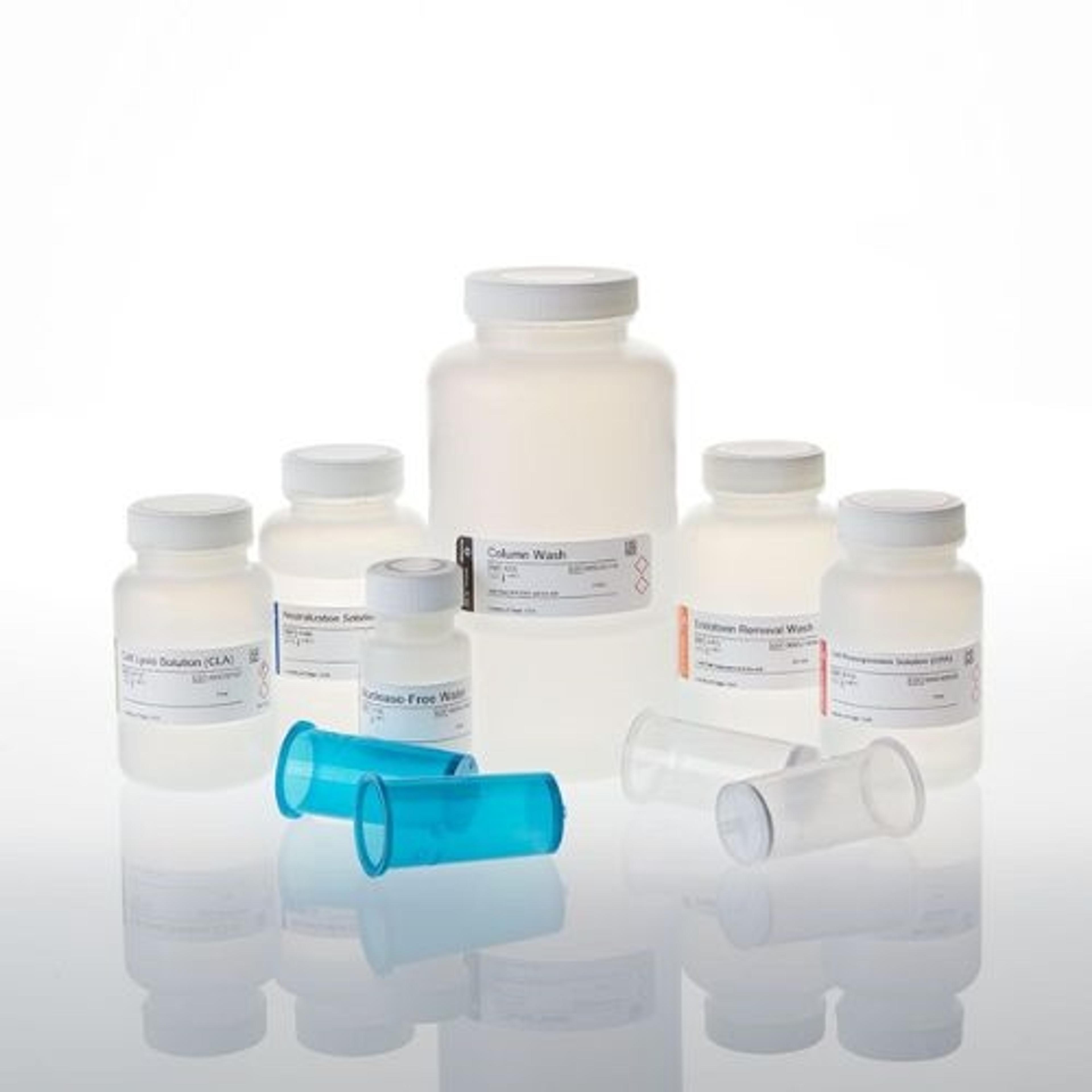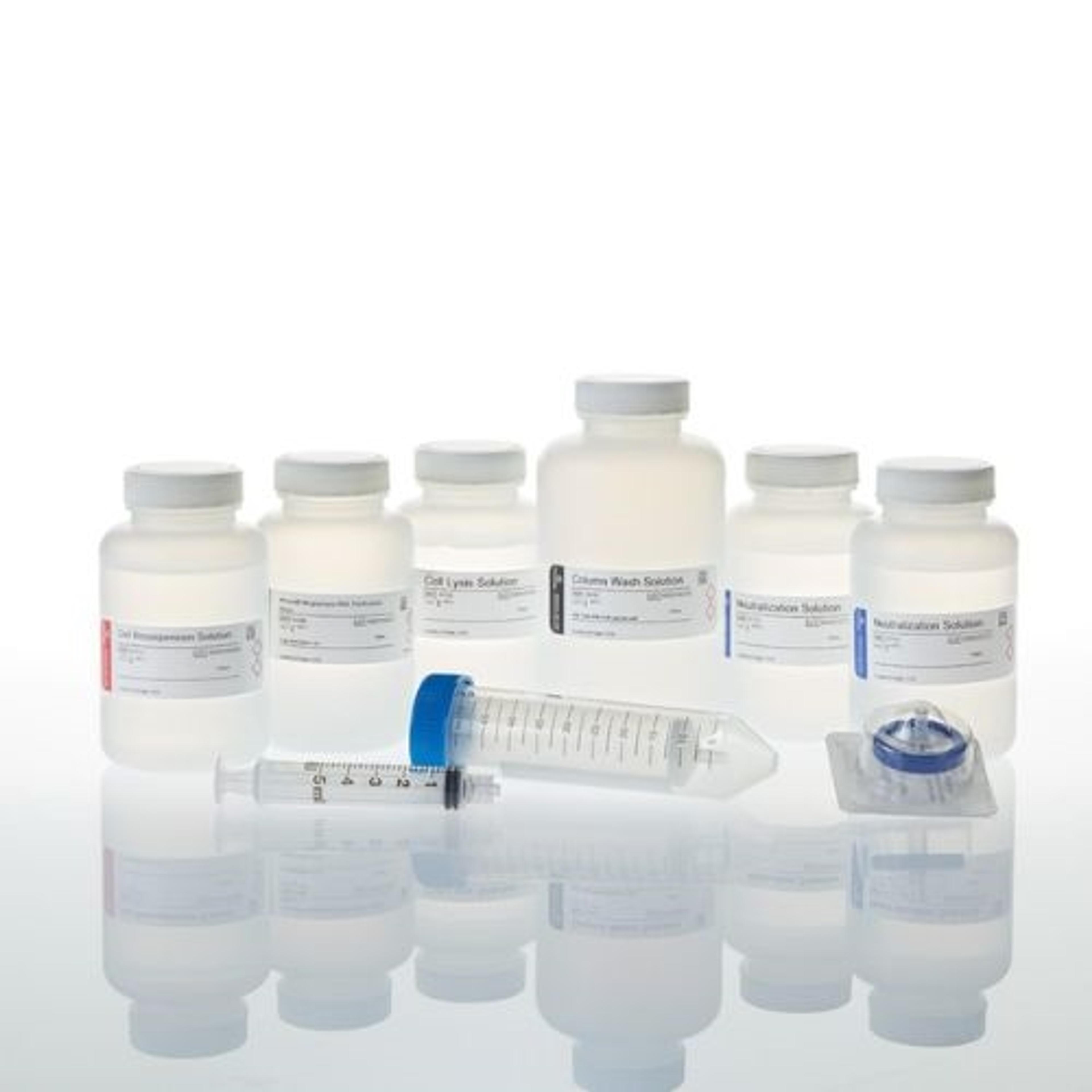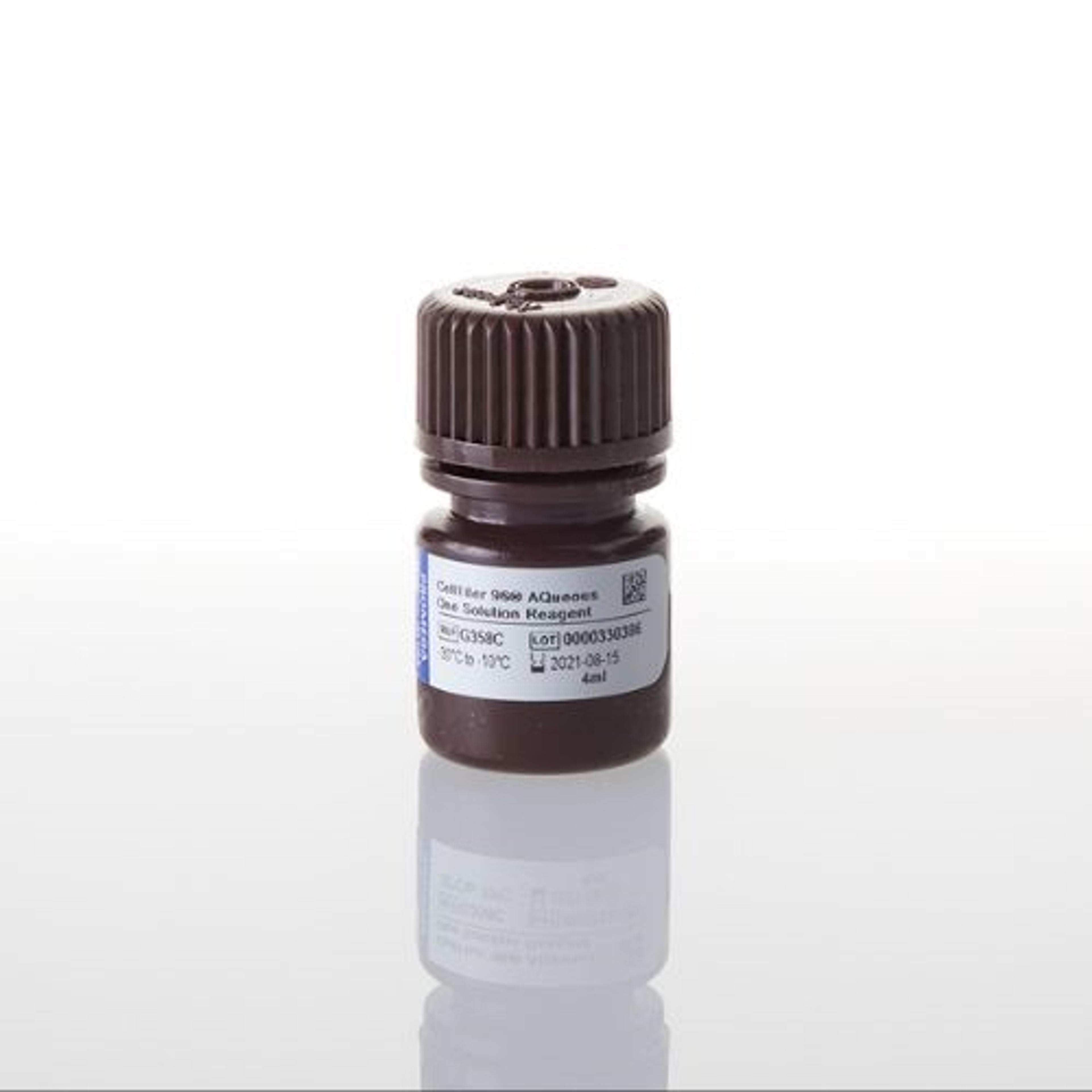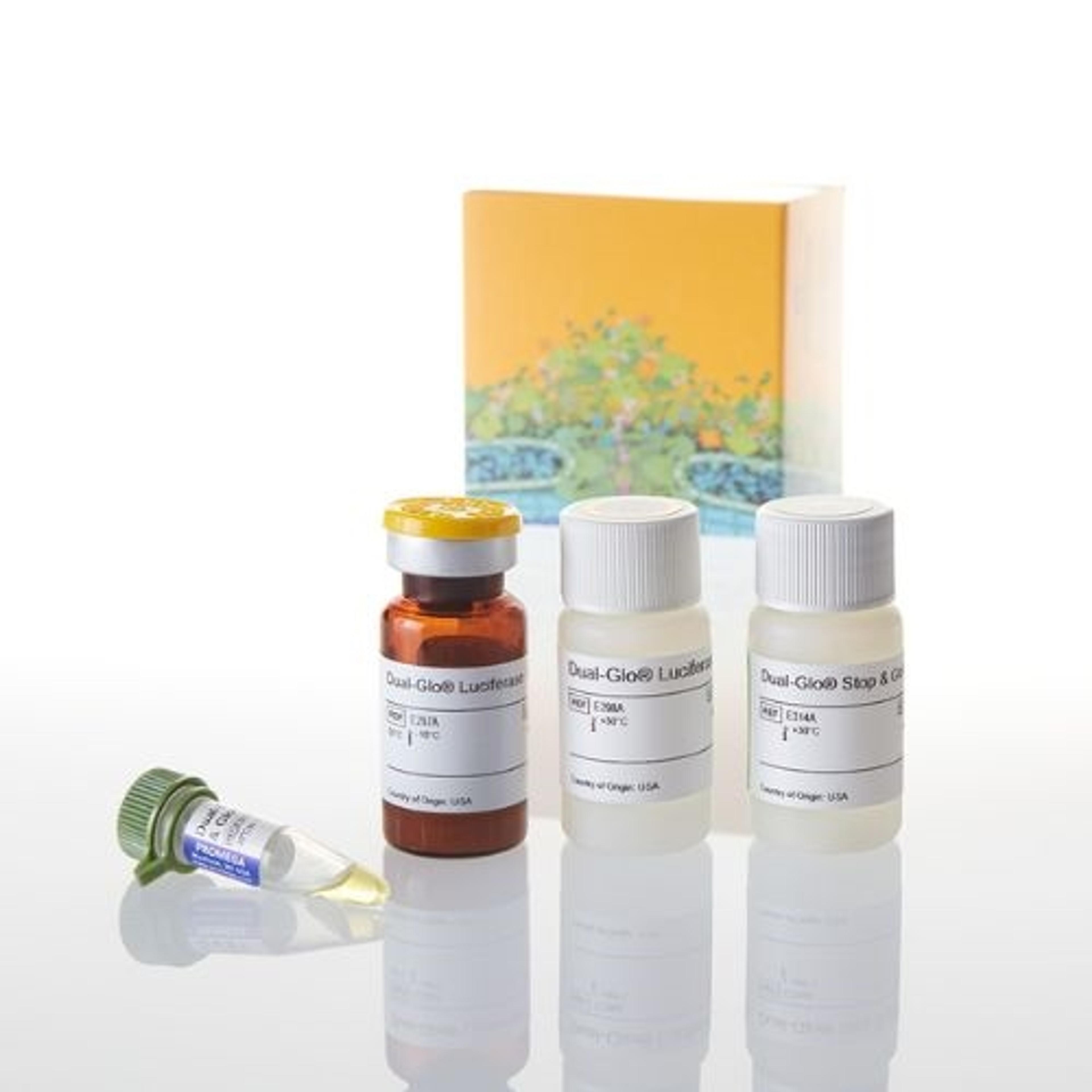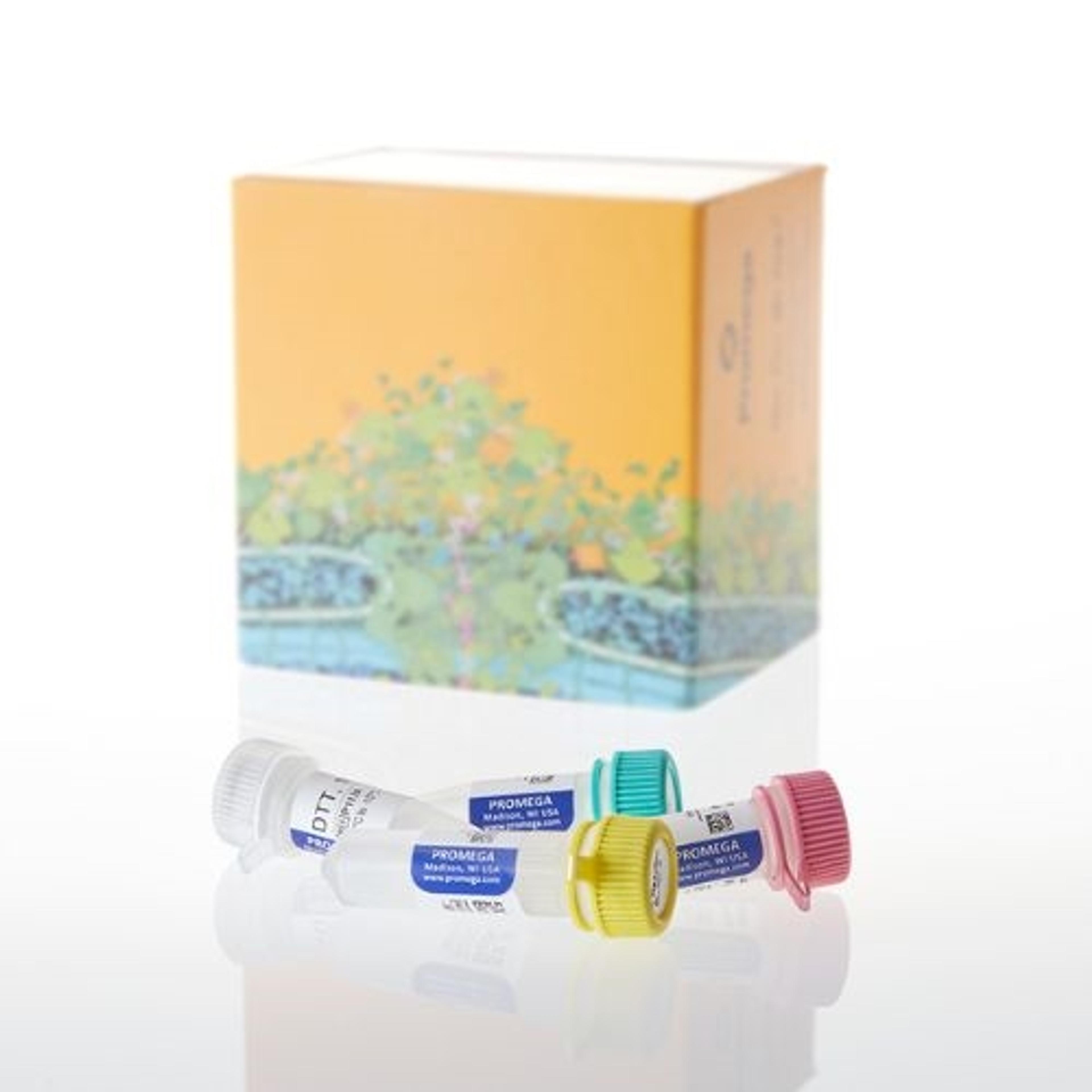Griess Reagent System
The Griess Reagent System measures nitrite (NO2–), which is one of two primary stable and nonvolatile breakdown products of nitric oxide (NO). Nitric oxide is an important physiological messenger and effector molecule in many biological systems, including immunological, neuronal and cardiovascular tissues. This assay relies on a diazotization reaction that was originally described by Griess in 1879. Through the years, many mod…
This system is easy to use and the technical support is excellent. They are willing to work with the investigator on all of their products.
Review Date: 30 Nov 2011 | Promega Corp.
The Griess Reagent System measures nitrite (NO2–), which is one of two primary stable and nonvolatile breakdown products of nitric oxide (NO). Nitric oxide is an important physiological messenger and effector molecule in many biological systems, including immunological, neuronal and cardiovascular tissues. This assay relies on a diazotization reaction that was originally described by Griess in 1879. Through the years, many modifications to the original reaction have been described.
The Griess Reagent System is based on a chemical reaction that uses sulfanilamide and N-1-naphthylethylenediamine dihydrochloride (NED) under acidic (phosphoric acid) conditions. This system detects NO2– in a variety of biological and experimental liquid matrices such as plasma, serum, urine and tissue culture medium. The nitrite sensitivity is dependent on the matrix. The limit of detection is 2.5μM (125pmol) nitrite (in ultrapure, deionized, distilled water) using the protocol described in Technical Bulletin #TB229.


